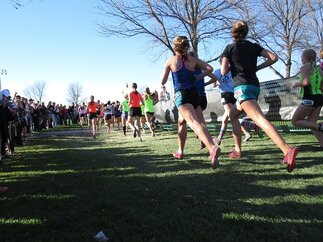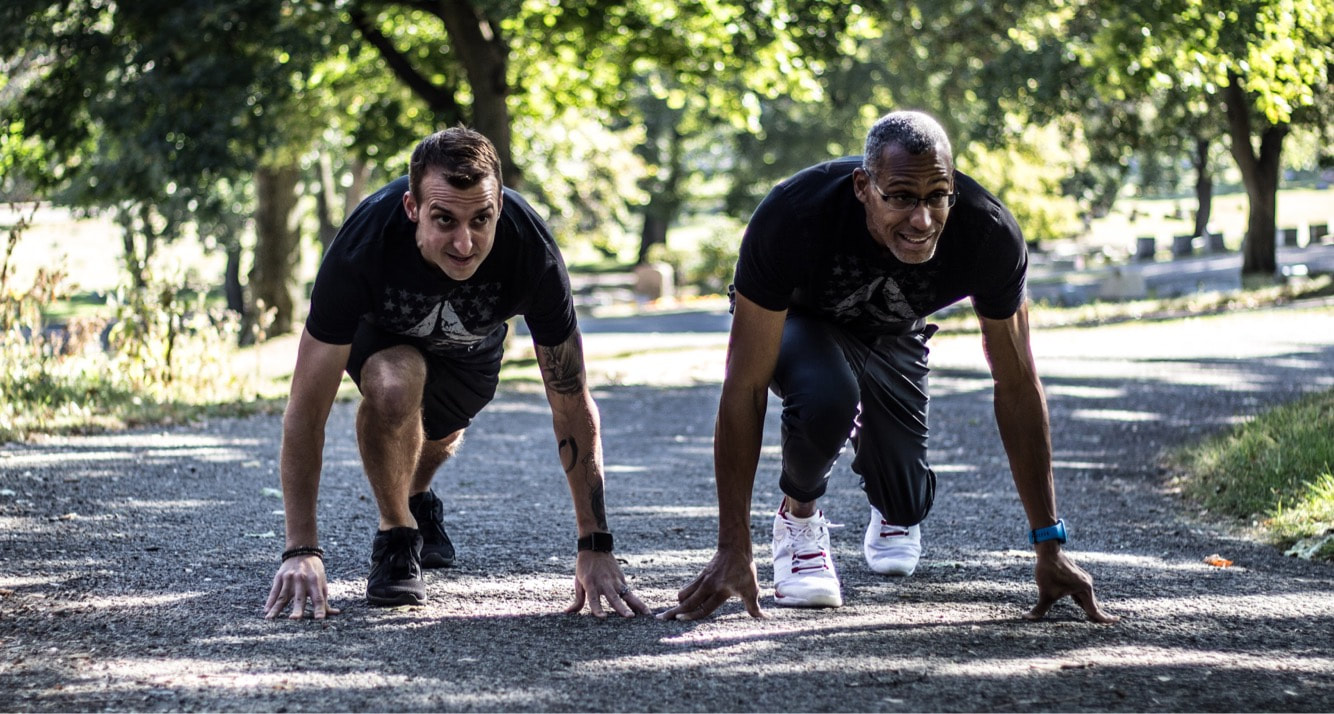 Advocating for your own health and well-being can be challenging at times simply due to a lack of understanding in regards to things like creating a healthy diet, finding ways to stay active, and taking control of your medical records. The good news is that there are actually several simple things you can do to focus on your wellness and be an advocate for your physical and mental health, whether you’re at home or at the doctor’s office. In this article Pittsburgh Runner contributor Jennifer McGregor, of publichealthlibrary.org, shares a few tips on how to improve your lifestyle and take charge of your health.
0 Comments
 We all have days where our confidence is low. It's not always easy to shake that feeling of self-doubt and insecurity, but it doesn't have to be impossible. There are many small things you can do right now to build your confidence so that you're ready for anything life throws at you. Remember, even if sometimes it feels like everything is going wrong in your life, there are many things that are within your power to control. You just need some persistence and focus. Imagine finding yourself in a place where you are in such good shape health and wellness wise that you can run your first 5k marathon. Wouldn’t that be a huge boost to your confidence? In this post, contributor Chery Conklin of wellnesscentral.info, shares some great tips!  Training for races takes a big commitment and finding places to train properly can be a major challenge if you live in the city. There is no substitute for doing real preparation before race day, so sometimes you have to get creative about where or how to train. In this post, blog contributor Eric Kelly of mydadventures.com shares a few tips.
Are you new to Pittsburgh? Then you have so much to discover! Seriously, this Midwest city is full of amazing food and even more amazing adventures. Before you get to all of the fun, however, you may need to work on getting yourself set up as an official Pittsburgh resident. Wondering where to start? We've got you covered with the following tips and suggestions.
Contributed by Sheila Johnson www.wellsheila.net There’s a little more to running a 5K than lacing up your sneakers, especially if you’ve barely run a mile before. Successfully completing your first 5K requires some time for training and some discipline for practice, but it doesn’t have to require a lot of added cost. Put these budget-savvy tips to use during all of your race preparations:
Seek Out Deals for Your Running Basics You don’t need a lot of gear to get started as a runner, especially if you only plan on running a 5K. Having some running basics, however, like supportive shoes, comfortable clothing and useful accessories can help you push through any discomfort of your initial training period. Without this gear, you may be more likely to give up if you’re training in hot or cold weather, or if you begin to experience blisters or other common running issues. Thankfully for your budget, picking up these running essentials doesn’t have to come with a huge price tag. Shoes will be the most expensive item on your list, unless you invest in a tracker, but you can grab a promo code or coupon online to save some major bucks on all of your running and training needs. You may even get cash back on your purchases, so you can stock up on more gear. Contributed by Diane Harrison, www.healthpsa.info  Image source: Pixabay Image source: Pixabay Is the toughest part of goal-setting making the goals or modifying them correctly? Even if your goals are reasonable yet challenging, you’ll likely have to change them—and that’s okay! Everyone can benefit from actually figuring out their goals (long-term and short-term) and coming up with a visual means of working towards them. However, writing them down with a pen can be intimidating. It makes goals feel permanent, unmoving, and unchanging. Goals are actually very fluid and should be changed.  Last week we took a look at some strategies for setting training and racing goals. We mentioned that they should be “SMARTER” (Specific, Measurable, Actionable, Relevant, Timely, Exciting, and Risky). We also talked about how you might look results from previous races to help you construct a race specific goal, or go even deeper and look at your own internal motivations to help you set a longer-term goal. This week, I wanted to share a strategy that can help you supercharge goal achievement. That strategy is using the power of community. Regardless of whether your goals are athletics, professional, or personal, being able to share what you’re trying to achieve, with someone else, can benefit you in a few ways. Community adds another layer of accountability Knowing that you’ve put something out for your community to see can make the goal feel more real. Having someone to share your updates with can help you stay accountable, and promotes a focus on making incremental progress, week-over-week. Community helps you refine your path A community is full of collective knowledge and experiences. By sharing a goal, you might get feedback from others in the community who have walked a similar path, and can help guide you in the right direction. Community gives you a place to celebrate Too often, we reach our goals or targets, and fail to pause and celebrate. An encouraging, supportive community will celebrate with you. This can in turn provide more motivation and momentum toward achieving your next goal!  Spring feels like it is finally just around the corner, and several of us are getting ready to kick off a new racing season! Maybe you have already eyed up a few key events, or you are are even signed up for an “A Race.” Even if you’re still looking for your main event, the time to start considering goals for the season is now! So, where do we start when thinking about what a season’s goals could look like? First, I like my athletes to get the big picture view of what they’re hoping to achieve over the season. This might take the shape of something like “I have three races I want to run.” It could also sound like “I want to finish my first Ironman,” or “I’d like to become a runner so that I can maintain my health and keep up with my kids.” Contributed by Sheila Johnson  A yoga practice can help you live your best life. Keep reading and enjoy a healthier new you, one pose at a time — even if you’ve chosen to stay close to home until the global health crisis subsides. How Yoga Can Help Yoga offers many benefits for everyone. However, for those of us fighting the beast that is type 2 diabetes, its benefits are tenfold. Not only can it improve your emotional well-being, but yoga can also lower your blood pressure, according to health experts. These two factors, combined with other lifestyle perks of yoga, are known to significantly improve your quality of life. Contributed by Diane Harrison of www.healthpsa.info  The end of this year is nigh, and you’re no doubt noodling resolutions before the new year begins. Inevitably, healthier habits are part of your game plan for next year, whether it be getting more exercise in the form of running or getting healthier with your food intake. Let’s take a look at some ways you can kickstart your year by getting right, both mentally and physically: |
Click to set custom HTML
AuthorKen Presutti is a certified ChiRunning instructor, ACE Personal trainer, Spinning instructor, and coach. This blog is a mix of new articles and posts from his original blog, Overkill is Underrated. Archives
November 2022
Categories
All
|



 RSS Feed
RSS Feed
